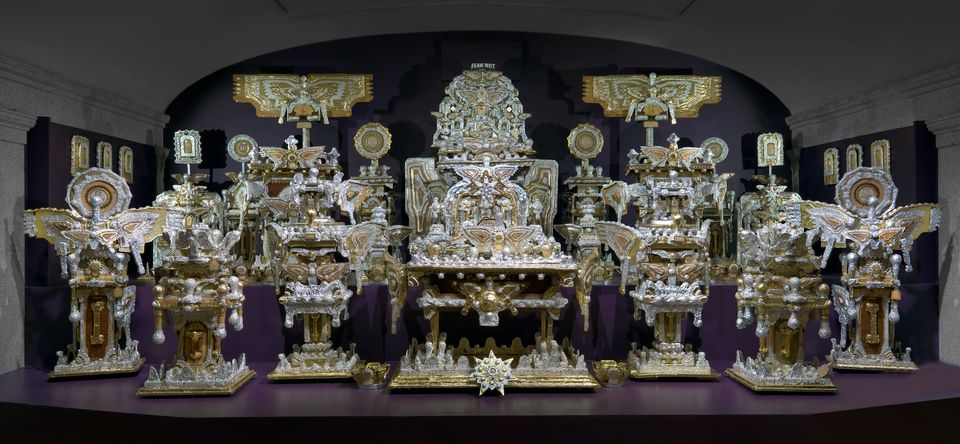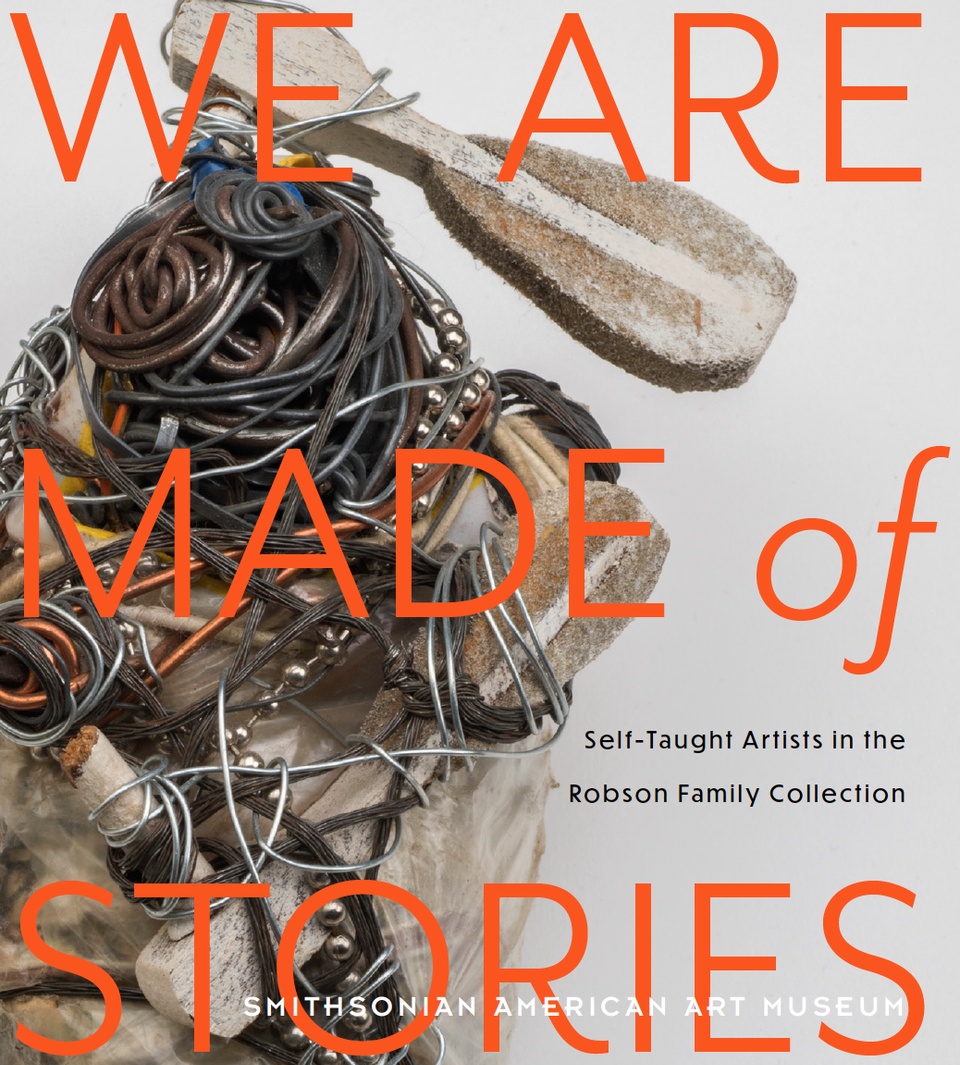Martín Ramírez
- Also known as
- Martin Ramirez
- Born
- Jalisco, Mexico
- Died
- Auburn, California, United States
- Active in
- Sacramento, California, United States
- Biography
Ramírez left Mexico as a young man to seek employment in the United States. He worked for a short time with railway construction crews, but was soon unable to cope with the pressures of his new life in California and was diagnosed as paranoid schizophrenic. Ramírez spent the remainder of his life in California mental hospitals. After 1940, while institutionalized at the DeWitt State Hospital near Sacramento, he assembled his memories on pieces of scrap paper, pasted together with improvised adhesives, and drew his precise, dense, and repetitive marks and shapes with scavenged pencils, crayons, and markers.
The art of Martin Ramírez presents a world of patterns and repetitions based on cultural iconography and personal, idiosyncratic symbols. In this drawing, [Untitled (Church), SAAM, 1986.65.192] the symmetrical structures of a Baroque church recall buildings undoubtedly familiar to him from his native Mexico. The towers, façade, central domes surmounted by crosses, and the roofed arcade are all common elements in Spanish Colonial and Mexican mission architecture. The dark, arched doorway recalls the tunnel imagery that Ramírez repeated in many of his approximately three hundred drawings.
Lynda Roscoe Hartigan Made with Passion: The Hemphill Folk Art Collection in the National Museum of American Art (Washington, D.C. and London: National Museum of American Art with the Smithsonian Institution Press, 1990)















